Many modern aquaculture models
Aquaculture is the province's strength with about 280,000 hectares of shrimp farming area, accounting for 40% of the country's shrimp farming area. Ca Mau shrimp is building its position with many types of farming that are effective and sustainable. Of which, more than 86,000 hectares produce shrimp - rice, shrimp - forest, shrimp - crab - fish; nearly 186,000 hectares of improved extensive shrimp farming. From a province without super-intensive shrimp farming in 2012, the area of intensive and super-intensive shrimp farming has now reached more than 6,484 hectares.
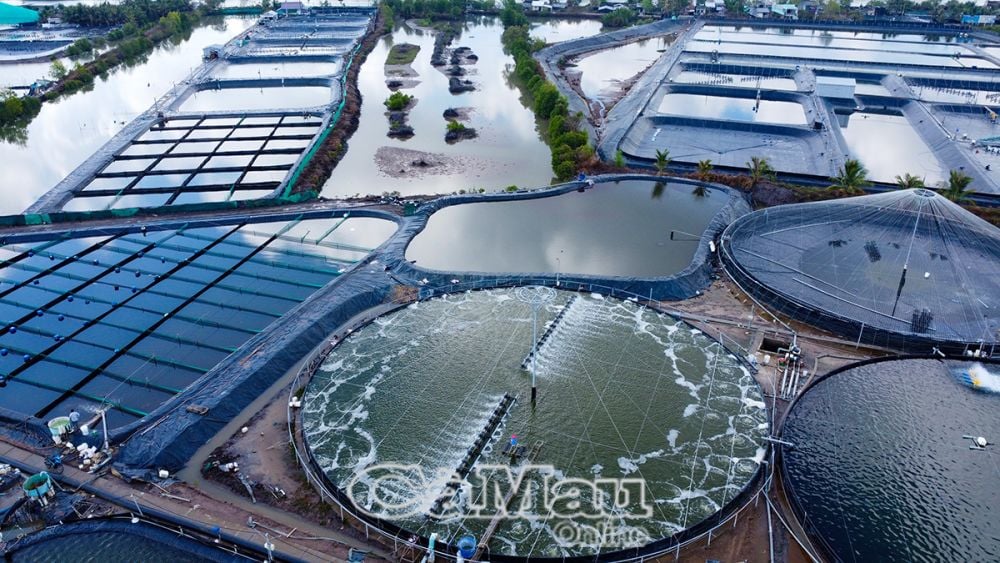
The super-intensive shrimp farming model with little water change not only brings high economic efficiency but also protects the environment and adapts to climate change.
Assessing the development of the shrimp industry in recent times, Mr. Chau Cong Bang, Deputy Director of the Department of Agriculture and Environment, stated that in recent years, the development of shrimp farming in the province has changed rapidly in structure, applying technology to production, thereby increasing productivity and output significantly. For many years, Ca Mau province has led the country in terms of area, output and export turnover. That is the outstanding result that Ca Mau shrimp has achieved in recent times, through many modern production models.
Although considered a high-yield and economically efficient model, super-intensive shrimp farming also carries many risks due to high costs, dependence on weather and seasons, and difficulty in controlling diseases during the farming process. To overcome this situation, in recent times, many models applying new technologies in the direction of circular economy and adaptation to climate change have been born and applied.
The model of raising super-intensive white-leg shrimp in 3 stages with little water change and bio-safety is one of them. After a period of implementation in 5 households in Cai Nuoc, Dam Doi districts and Ca Mau city, the model has affirmed its effectiveness, opening up new options for super-intensive shrimp farmers in the province in the context of increasingly extreme climate change.
As one of the households participating in the model, Mr. Huynh Thai Nguyen, Rau Dua B hamlet, Hung My commune, Cai Nuoc district, said that up to now, the farming process is bringing high economic efficiency. There are farming crops after only 90 days of stocking, shrimp reach 34-35 shrimp/kg, profits sometimes reach over 500 million VND/pond (1,200 m2)/crop.
To move towards Net Zero CO2 emissions - the shrimp export standard in 2050, the province has built many new intensive and super-intensive shrimp farming models in the direction of circulation, environmental protection and adaptation to climate change such as: super-intensive white-leg shrimp farming in a multi-species combined circulation system; super-intensive white-leg shrimp farming in circulation with little water change according to Growmax technology... In which, the typical model is the farming model according to RAS-IMTA technology (a method of utilizing shrimp waste as food for other animals in the same pond).
The RAS-IMTA model was developed by the collaboration between SAEN Aquaculture and Environment Science Co., Ltd., Fisheries Research Institute 2, Department of Science and Technology of Ca Mau province and farmers. After a period of production testing, the effectiveness of the RAS-IMTA model has been proven through parameters of low feed coefficient, high shrimp growth rate, less diseased shrimp, limited water change; achieving sustainable indicators and following the circular economy direction, a new trend to integrate into the world market in 2050.
Towards high quality rice
Regarding the development of the rice industry, although there is no competitive advantage in terms of output, with favorable natural conditions, Ca Mau has recently chosen to develop in the direction of high quality. From this orientation, many rice production models in the province have changed positively, with rapid changes in the structure of varieties. Currently, high-quality rice varieties cultivated in the province account for 75%, specialty aromatic varieties account for 20%, and the remaining 5% are rice varieties for processing.
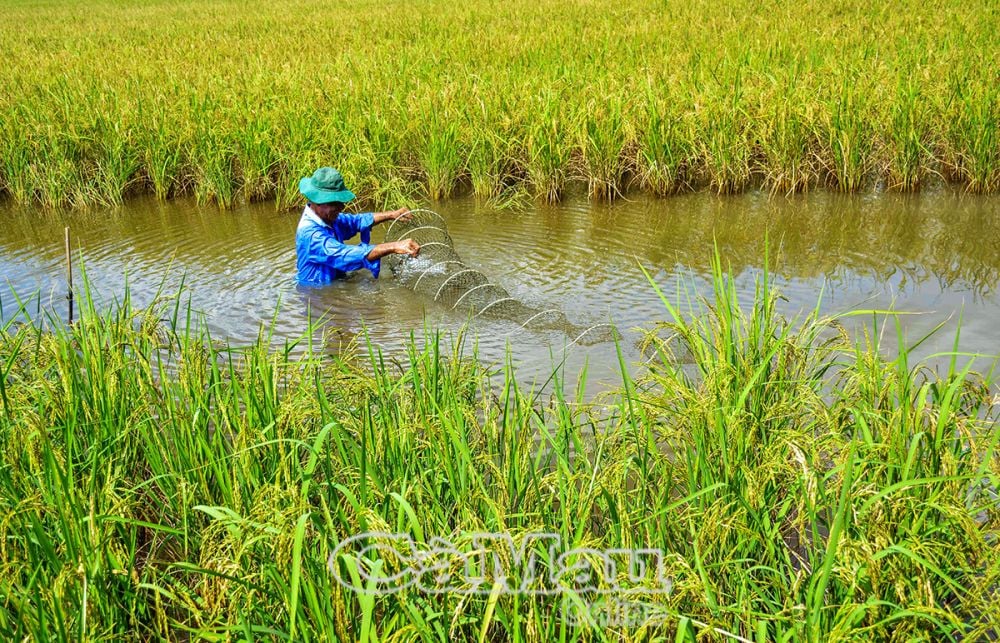
Rice - shrimp model. Photo: VAN DUM
In particular, many rice production models apply advanced technical processes to bring efficiency, protect the environment and adapt to climate change. A typical example is the rice - giant freshwater prawn model, following VietGAP, GlobalGAP, domestic and international organic standards in the North of Ca Mau. With a rice - shrimp area of about 37,000 hectares, this is a model that is opening up a direction to bring high economic efficiency and sustainable development.
According to Mr. Nguyen Tran Thuc, Head of the Department of Cultivation and Plant Protection, in the past time, there have been 50 models of rice production of all kinds, focusing on safe rice, organic rice, ecological rice, shrimp rice, fish rice, colored rice... Of which, rice production meeting Vietnam's organic standards is 400 hectares, USDA, EU, JAS standards is 330 hectares, VietGAP, GlobalGAP standards is 1,248 hectares, ecological rice is 3,000 hectares; planning of high-quality rice areas of 25,000 hectares, aromatic specialty rice areas of 10,000 hectares and processed rice areas of 5,000 hectares. Many rice production models have been replicated, not only bringing economic efficiency but also contributing significantly to environmental protection.
As a locality with an annual rice cultivation area of over 24,000 hectares, with an output of over 110,000 tons/year and specialized rice production areas, rice - shrimp, rice - fish, U Minh district is focusing on developing high-quality rice production models associated with environmental protection and climate change adaptation.
Mr. Le Hong Thinh, Vice Chairman of the People's Committee of U Minh district, said that in recent times, the district has deployed and replicated many advanced rice production models, such as: "1 must 5 reductions", "3 reductions 3 increases", rice-fish rotation, rice-shrimp rotation, bringing high economic efficiency. Currently, the district is continuing to strengthen training on advanced farming techniques, promoting the application of digital technology in production management and traceability.
Ca Mau is the southernmost land of the country, with its special geographical location and unique ecosystem, which has created many advantages for the province in aquaculture, marine economy, ecotourism and great potential for rice production, especially high-quality rice with the characteristic of rice - shrimp. To promote these advantages, the province has registered with the Ministry of Agriculture and Environment to develop 23,000 hectares of high-quality and low-emission rice associated with green growth by 2030 and continue to replicate this model throughout the province, contributing to GRDP growth of 8% or more in 2025. Accordingly, the province is calling for investors and businesses to build a sustainable rice value chain, from production to processing and export towards the US, Japan, EU and potential markets.
Regarding the content of calling for businesses and investment in building the value chain of the rice industry, Vice Chairman of the Provincial People's Committee Le Van Su affirmed that the province is committed to creating all favorable conditions and directing relevant sectors and levels to best perform their assigned duties and tasks, to accompany the people, businesses and investors in the process of investment and cooperation in the province.
Nguyen Phu
Source: https://baocamau.vn/de-loi-the-thanh-gia-tri-thuc-a38586.html


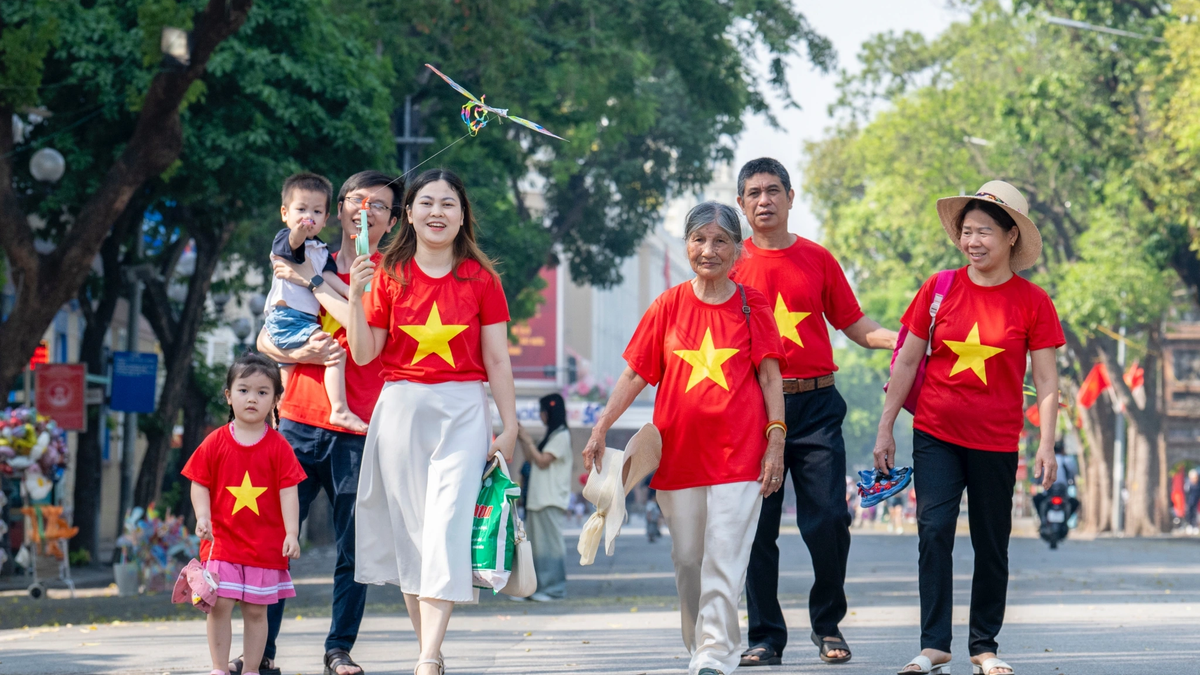
![[Photo] Thousands of Buddhists wait to worship Buddha's relics in Binh Chanh district](https://vphoto.vietnam.vn/thumb/1200x675/vietnam/resource/IMAGE/2025/5/3/e25a3fc76a6b41a5ac5ddb93627f4a7a)



![[Photo] Bustling construction at key national traffic construction sites](https://vphoto.vietnam.vn/thumb/1200x675/vietnam/resource/IMAGE/2025/5/2/a99d56a8d6774aeab19bfccd372dc3e9)
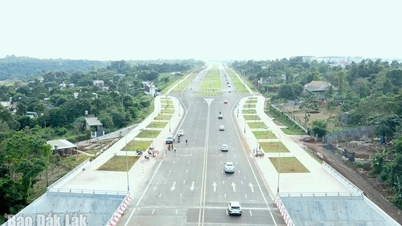
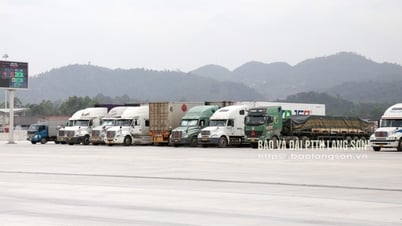

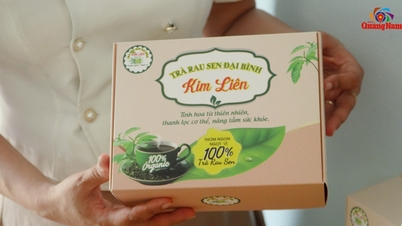
![[Video]. Building OCOP products based on local strengths](https://vphoto.vietnam.vn/thumb/402x226/vietnam/resource/IMAGE/2025/5/3/61677e8b3a364110b271e7b15ed91b3f)
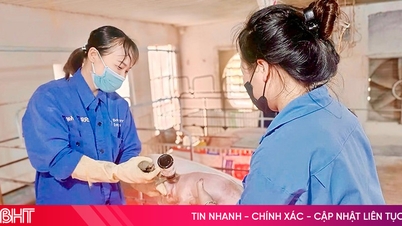





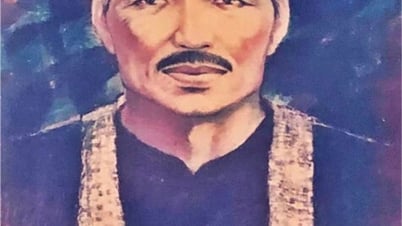
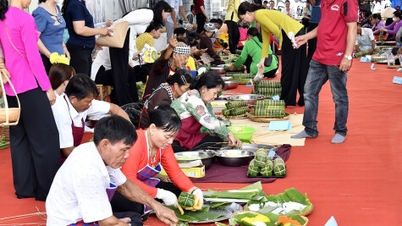
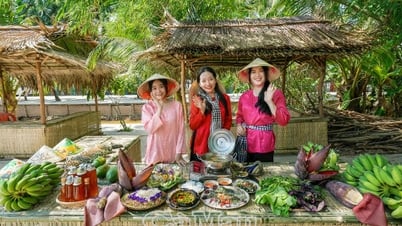

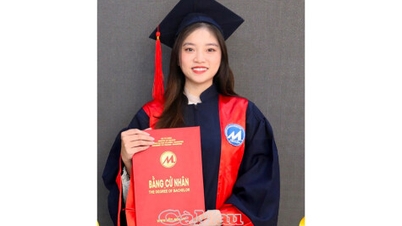

![[Photo] "Lovely" moments on the 30/4 holiday](https://vphoto.vietnam.vn/thumb/1200x675/vietnam/resource/IMAGE/2025/5/1/26d5d698f36b498287397db9e2f9d16c)






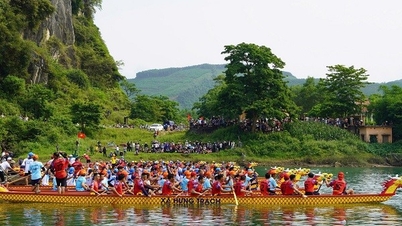



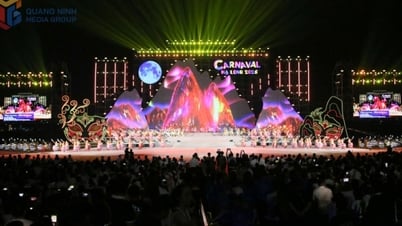





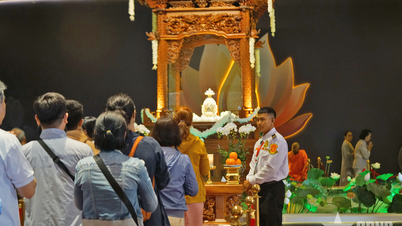

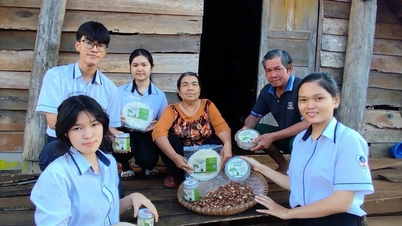


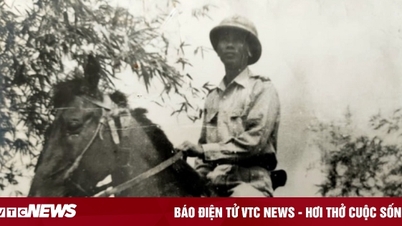









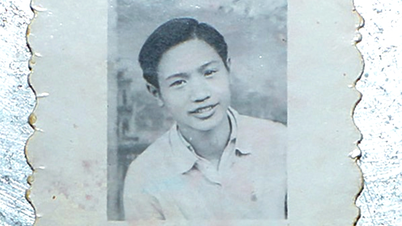


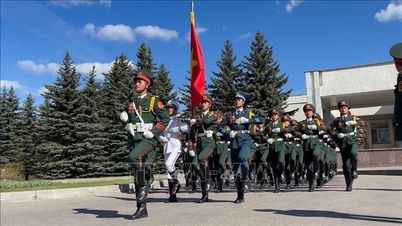
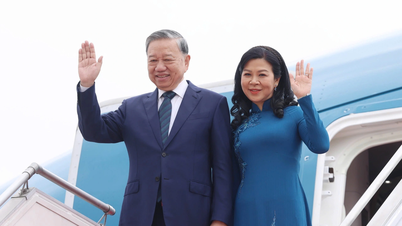


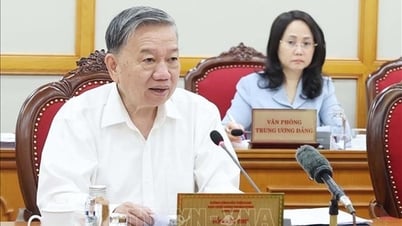









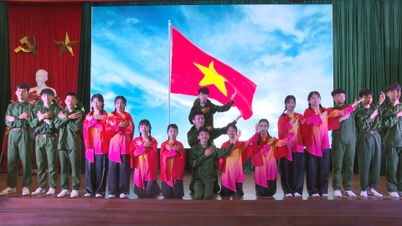

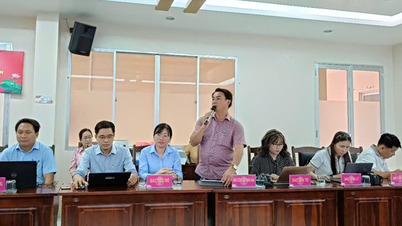
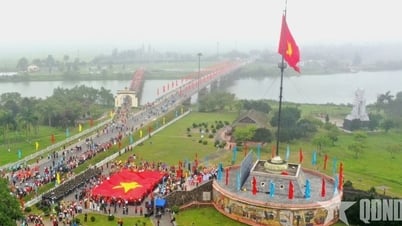



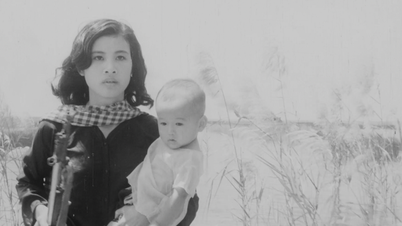
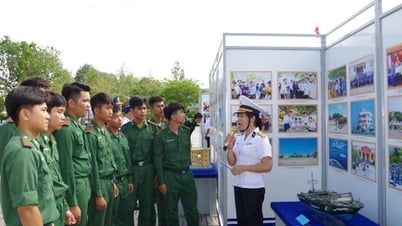








Comment (0)